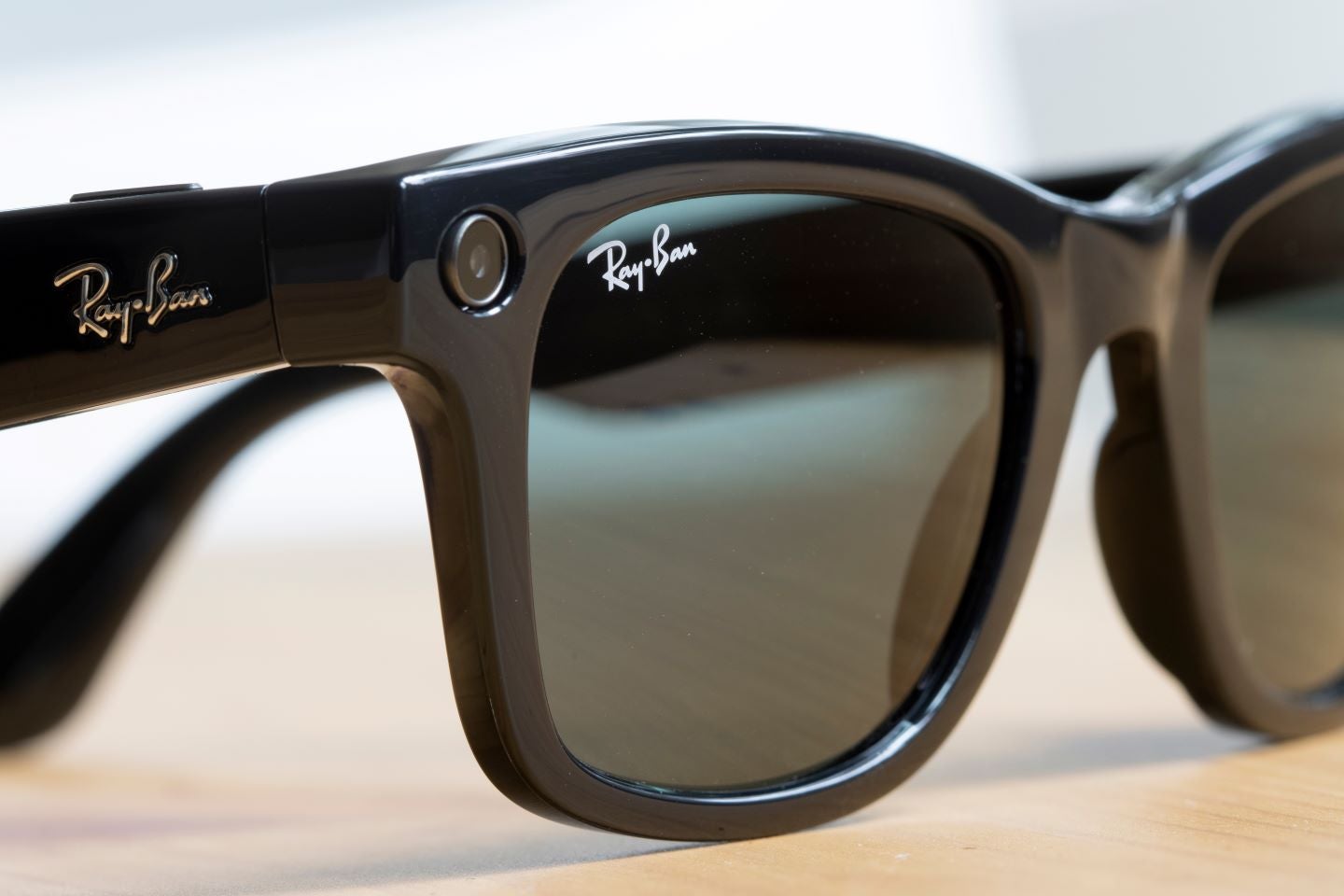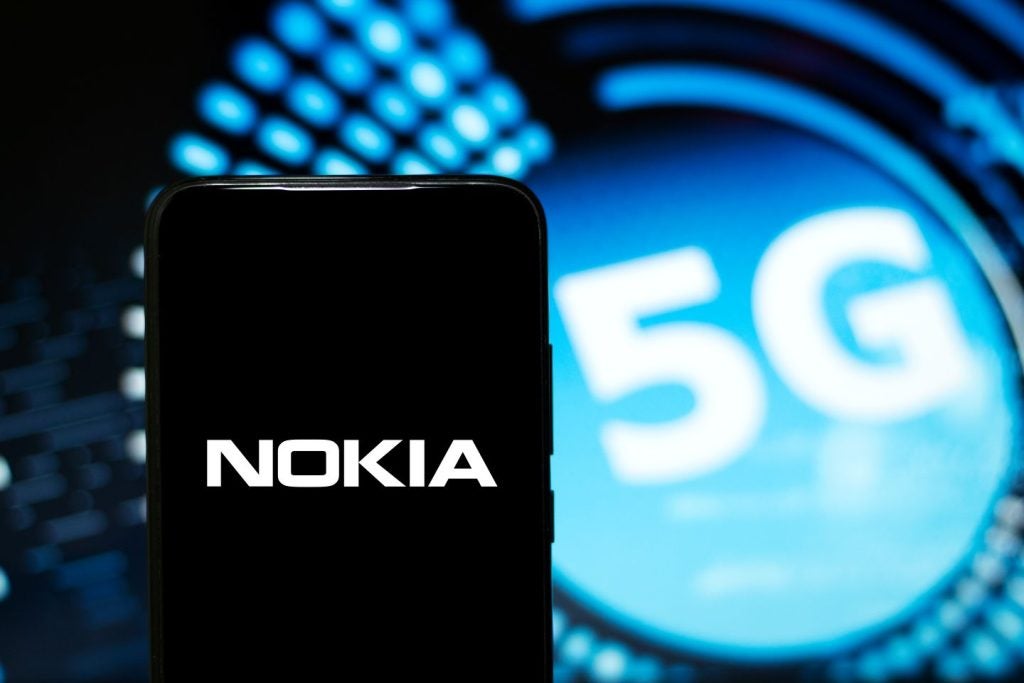The wearable craze exploded in 2013 with the release of Google Glass. Back then, it was believed we would give up our smartphones for a more convenient wearable alternative. Yet, a decade on we are still glued to our smartphones, and the consumer wearable market continues to struggle.
The history of wearables
Wearable technology is a blanket term for electronic devices that can be worn on the body, either as an accessory (like a watch or a pair of glasses) or as part of the material used in clothing (such as sportswear that measures biometrics).
In the modern world, wearable tech is largely associated with smart glasses, augmented reality (AR) headsets, and smartwatches. All are intended to facilitate our day-to-day lives.
Indeed, wearable tech has revolutionised many industries. In enterprise use cases, wearable tech is designed to increase data collection and facilitate or speed up a process or task. In healthcare, digital hearing aids improve hearing-impaired patients’ day-to-day lives while implantables and fitness trackers help physicians track a patient’s condition. In industrial sectors, AR headsets are helping speed up maintenance work.
However, in the consumer market, wearable tech is being developed to replace smartphones and other existing tech. Instead of simplifying an everyday task, it is looking to replace an indispensable device in our daily lives. These are very high expectations that are hard to live up to.
Google Glass, Apple Vision Pro, and more
The wearable craze exploded in 2013 with the release of Google Glass, a pair of glasses that displayed information to the wearer using a heads-up display. Wearers could communicate with the glasses via natural language voice commands.

US Tariffs are shifting - will you react or anticipate?
Don’t let policy changes catch you off guard. Stay proactive with real-time data and expert analysis.
By GlobalDataAt the time, tech enthusiasts believed that Google Glass was the next big thing, promising to replace smartphones and transporting consumers to an AR-enhanced world. Unfortunately, the tech never took off and the consumer version was discontinued in 2015. However, Google Glass’ failure hasn’t stopped other companies from trying to develop their own smartphone replacement. In fact, the AI boom has reignited Big Tech’s interest in smart glasses. In October 2023, Meta released its Meta Ray-Bans—smart glasses designed to record social media content. In November 2024, Baidu announced it was also developing its own AI-integrated smartglasses, set to release in 2025.
In February 2024, the Apple Vision Pro was released in the US, marketing the product as a “spatial computer” where digital media is integrated with the real world. Most of the promotional material focused on the use of the Vision Pro for everyday smartphone tasks, including web searching, payments, calls, and texts. Despite the excitement, Apple Q3 2024 results revealed that wearable sales are down 2.41% year-on-year, suggesting the Vision Pro has perhaps not taken off as expected. So, what is wrong?
Sustained low adoption
The issue with smart glasses is threefold: technology, ease of use, and price.
To create a viable replacement for the smartphone, a company must produce a product that is better than the smartphone. At the very least, the device must have better technology or assist in the user’s life. In theory, AR technology streamlines the digital device-user experience. Achieving this was quite difficult in the past as a seamless AR experience requires a lot of computing power, but the newer more advanced AI models are speeding up and perfecting the development of AR experiences.
On top of creating a seamless user experience, these devices must replace smartphone use cases. We use smartphones for just about everything in our lives, from checking the weather to watching TV. A smart glasses product that is adopted by the masses will have to have a killer app of sorts to go along with the device. While most users agreed that the Vision Pro is the best AR headset we’ve seen to date, it still lacks many of the apps used on a smartphone.
Another issue is usability. How do we input advanced tech into a glasses-sized device? The more computing power you need, the more hardware is required to process and store data, whether that be within the physical device, or the cloud infrastructure to support the device. As a result, these devices become heavy, bulky, and uncomfortable. This is a common criticism of the Vision Pro and other AR/VR headsets.
Lastly, advanced tech carries a higher price tag that is out of the budget of most consumers. The Vision Pros are currently priced at a minimum of $3,500.
As tech advances, these devices will get smaller and prices will drop, but until then, the adoption of smart glasses and AR headsets will remain limited to enterprise single-use cases and for the few that can afford it.









